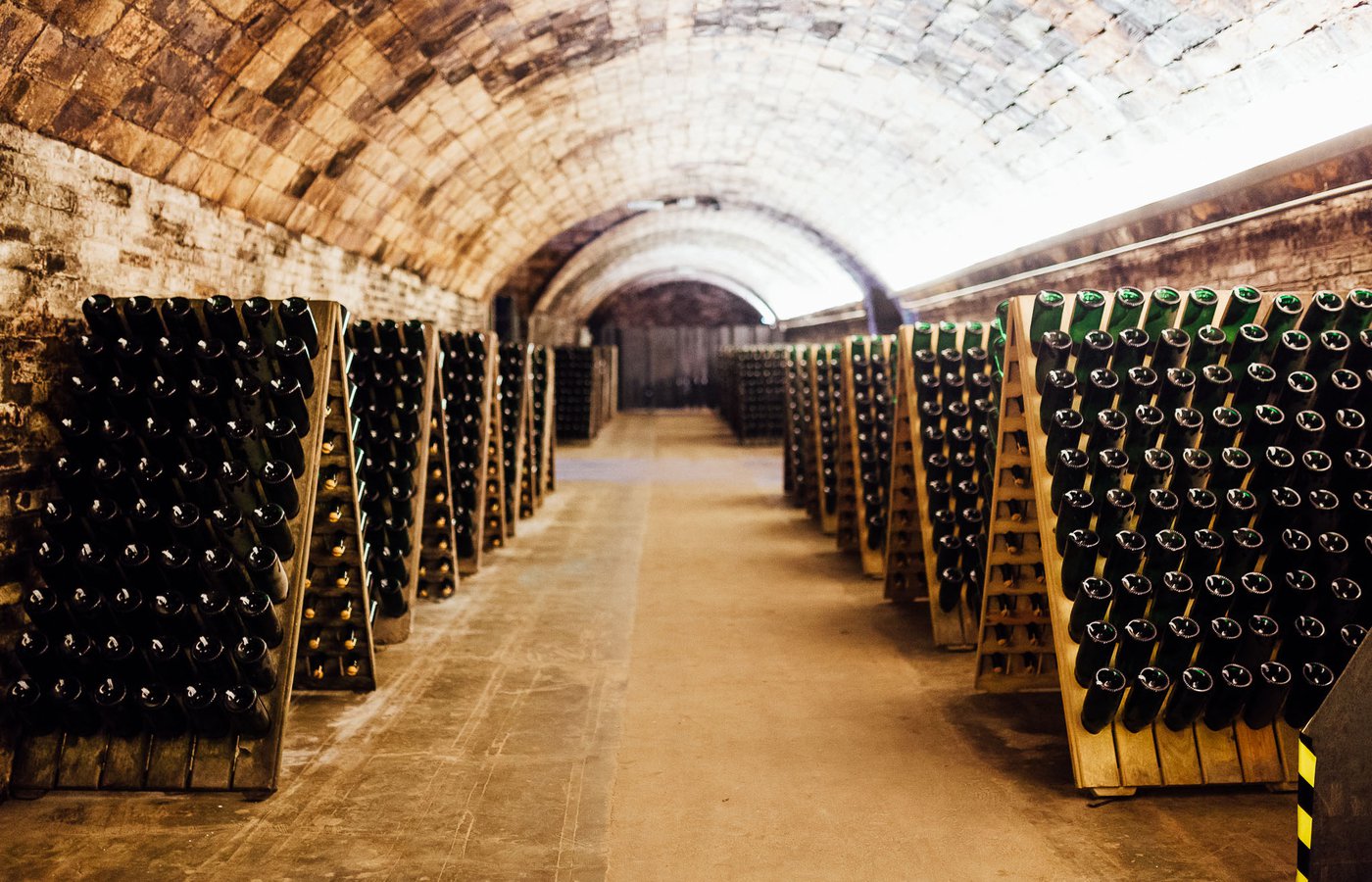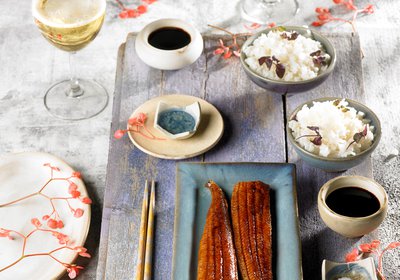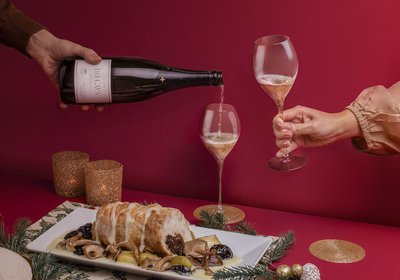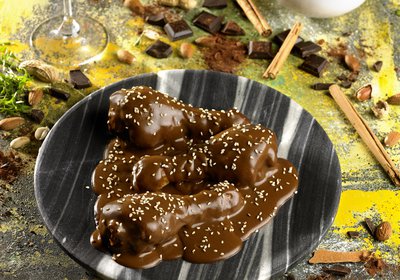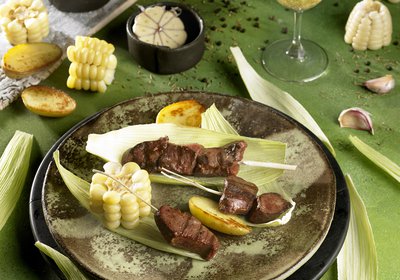Cava de Paraje Calificado
Cava de Guarda Superior
As the name paraje calificado indicates (it means qualified location), this Cava is a unique product that comes from a specially selected place. Cava de Paraje Calificado is produced from vines in a small area which is distinguished from others by its specific characteristics (location and terroir). A superior Cava, this is synonymous with exceptional quality; a product with its own delicate, very individual personality.
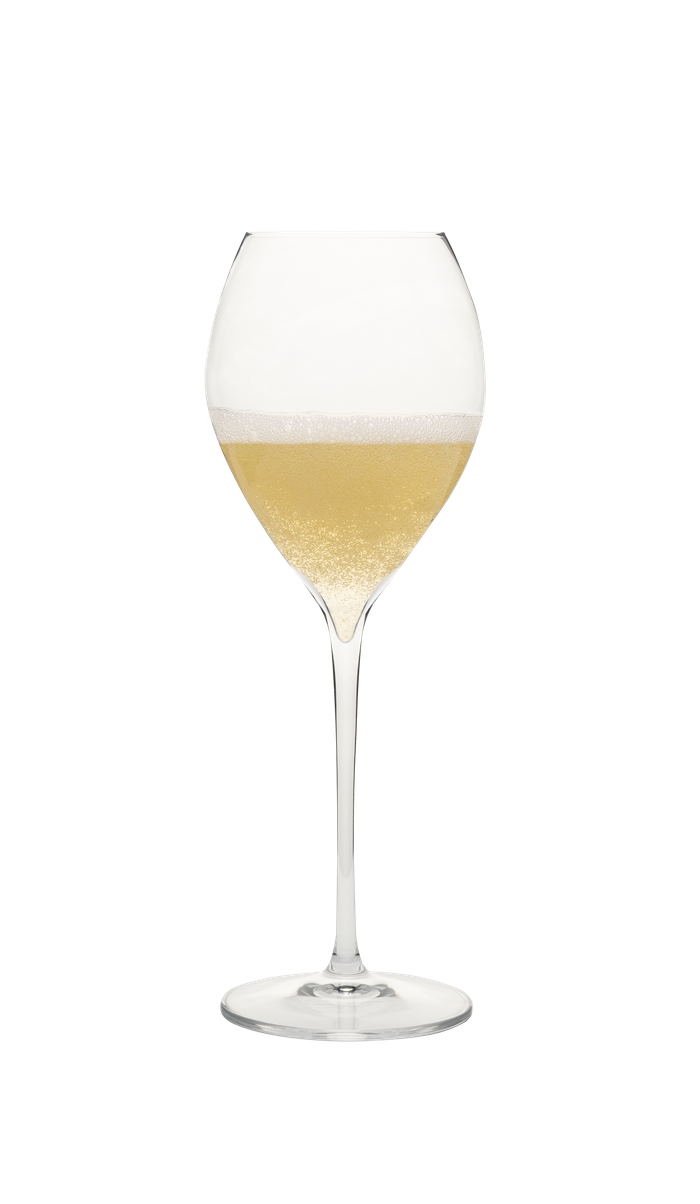
- Macabeo, Xarel·lo, Parellada See more varieties
- Traditional Method
- minimum 36 months aging
- between 10ºC & 12ºC
- Tulip glass
- Smoked Eel , Mediterranean Black Rice

Types of Cava
According to the sugar content (grams per litre)
Tasting notes
Cava de Guarda Superior
Thanks to this new category, premium Cavas can be more easily identified: in other words, Cavas that have been aged in the bottle for a longer period. The minimum aging time for Cava de Guarda Superior is 18 months; additionally, the grapes must come from specific vineyards, and must be organically grown.
Since the main criterion of Cava is its aging time in the bottle, following the traditional method, the concept of “Guarda” refers to the capacity of a wine with the appropriate characteristics for aging correctly.
The nomenclature of this Cava indicates that it is aged in the cellar for a longer period than the minimum aging time established by the traditional method, also known as champenoise. According to such a definition, in this category there are the well-known Cava Reserva, Cava Gran Reserva and the special category of Cava de Paraje Calificado.
So if you are looking for a more complex, unique, intense and delicate Cava, a Cava de Guarda Superior is the ideal option.
Paraje Calificado
Aging for more than 36 months is not the only requisite for a Cava de Paraje Calificado. Currently (as of 2021) just ten Cavas have achieved this recognition.
Requisites to gain this accreditation:
- Vines must be at least 10 years old
- Grapes must be harvested by hand
- Maximum yield of 8,000 kg/hectare
- Wine must be produced and bottled on site
- Maximum output limited to 48 hectolitres/hectare
- Only single vintage Cava
- Complete traceability from the vineyard to the market
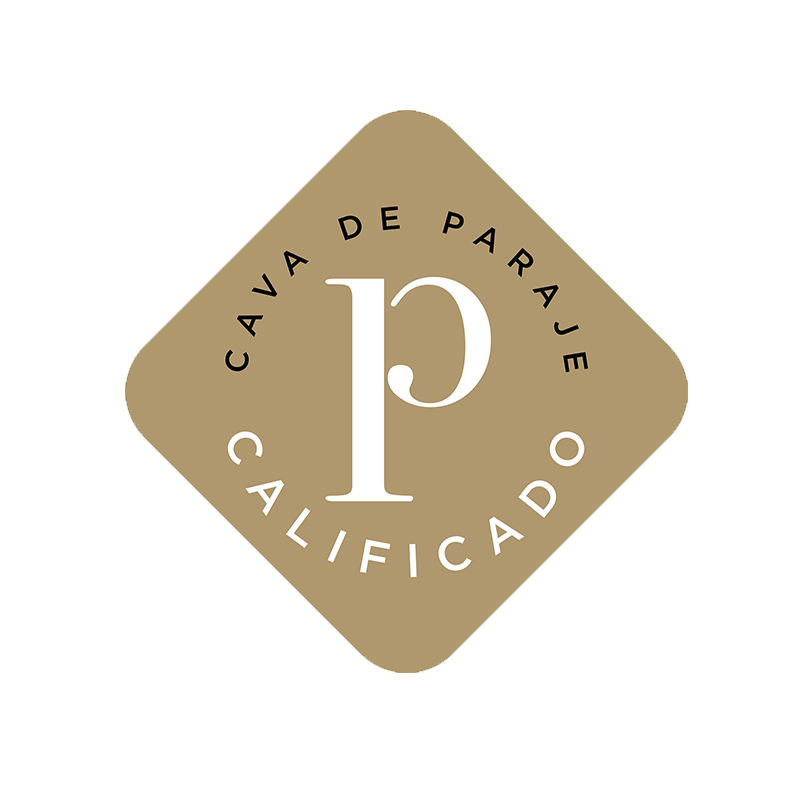
The guarantee of a quality label
The seal or control label is in itself the only guarantee of quality certified by the D.O. Cava, which helps us to distinguish Cava from other sparkling wines.
After being subjected to strict quality controls during the whole process, the seal is the distinctive mark that is granted not only to facilitate the recognition of the Cava category, but it is also a guarantee of origin endorsed by the Cava Denomination of Origin.
